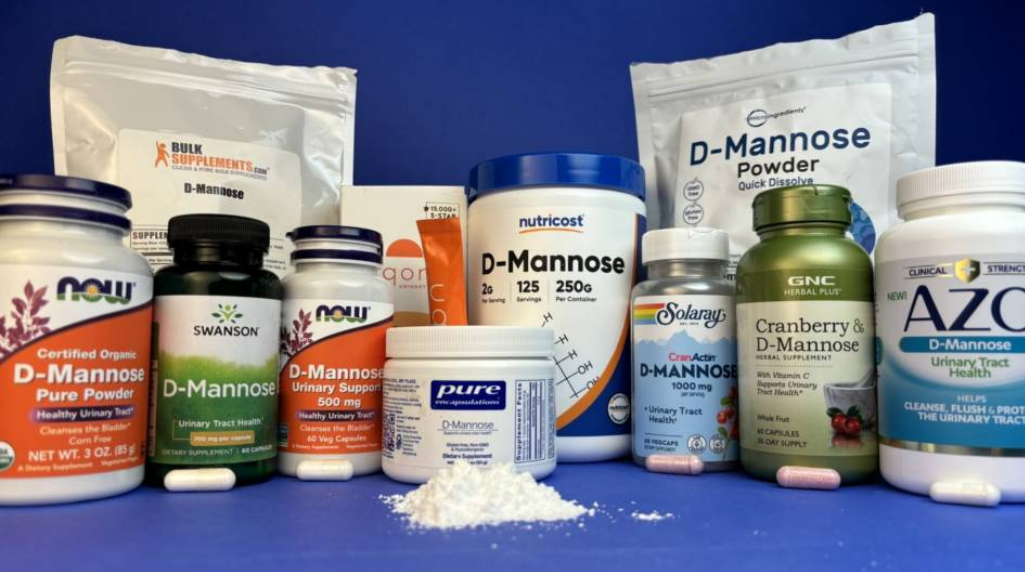Introduction
Mannose is a monosaccharide with the chemical formula C6H12O6. It is widely present in plants and microorganisms, and has multiple biological functions for the human body and other organisms.
It’s metabolized only in small amounts, with excess amounts rapidly excreted in urine, so it won’t interfere with healthy blood sugar regulation. Clinical studies have demonstrated that, when taken regularly, it promotes normal urinary tract function by cleansing and maintaining the healthy of the bladder lining.
As a simple sugar that occurs naturally in the human body and is found in many fruits. It’s also available as a dietary supplement, which people often take to help prevent or treat urinary tract infections (UTIs).
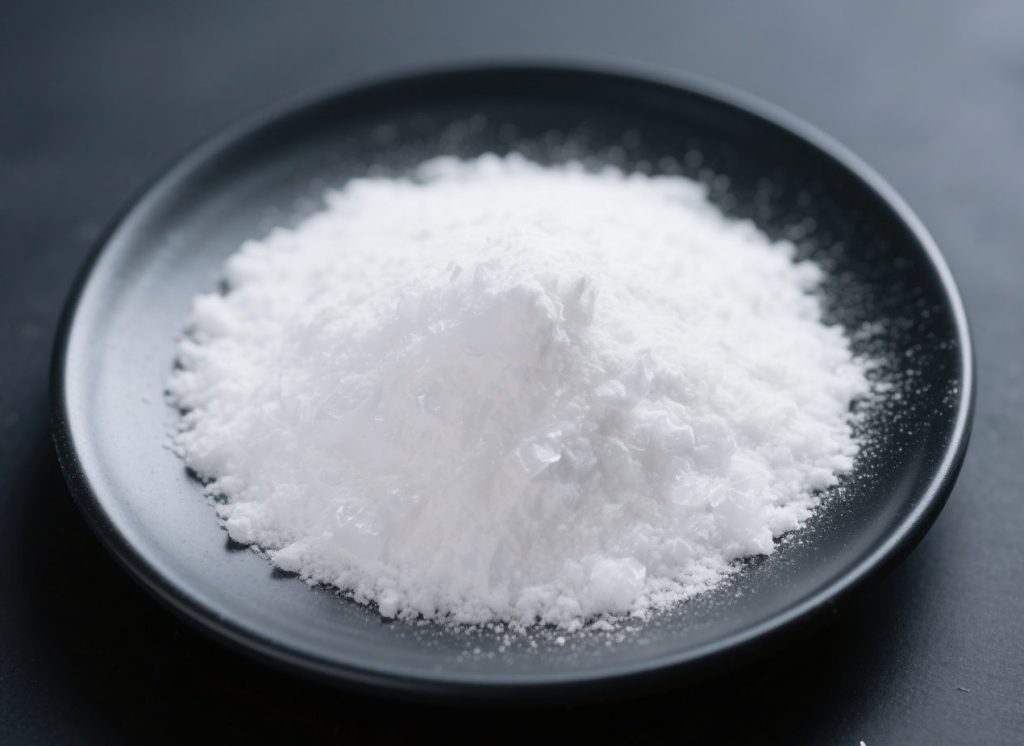
Structure
Mannose is a six carbon monosaccharide that is chemically similar to glucose and galactose, but with slightly different spatial configurations. There is a chiral center in the molecular structure of mannose, which can exist in two isomers: D-mannose and L-mannose.
Sugar metabolism and physiological functions
Mannose is involved in various metabolic and physiological processes in the human body. It is part of the hexose metabolism pathway and can generate energy through glycolysis or enter the glycogen metabolism pathway for storage as glycogen.
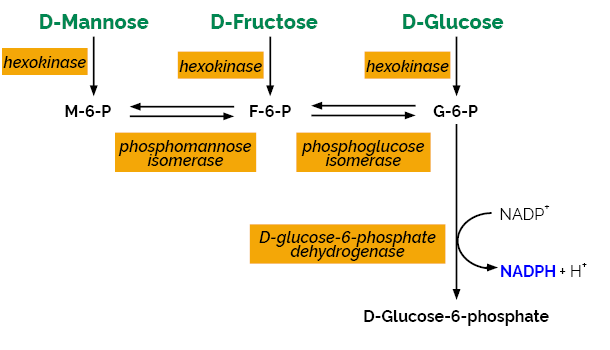
Biological functions
Cell recognition: Mannose is an important component of cell surface glycosylation, involved in the recognition and interaction between cells and the external environment.
Immune regulation: It plays an important role in the immune system, participating in intercellular signaling, inflammation regulation, and activation of immune cells.
Antiviral effect: It can interact with certain viral structural proteins to inhibit virus invasion and replication processes.
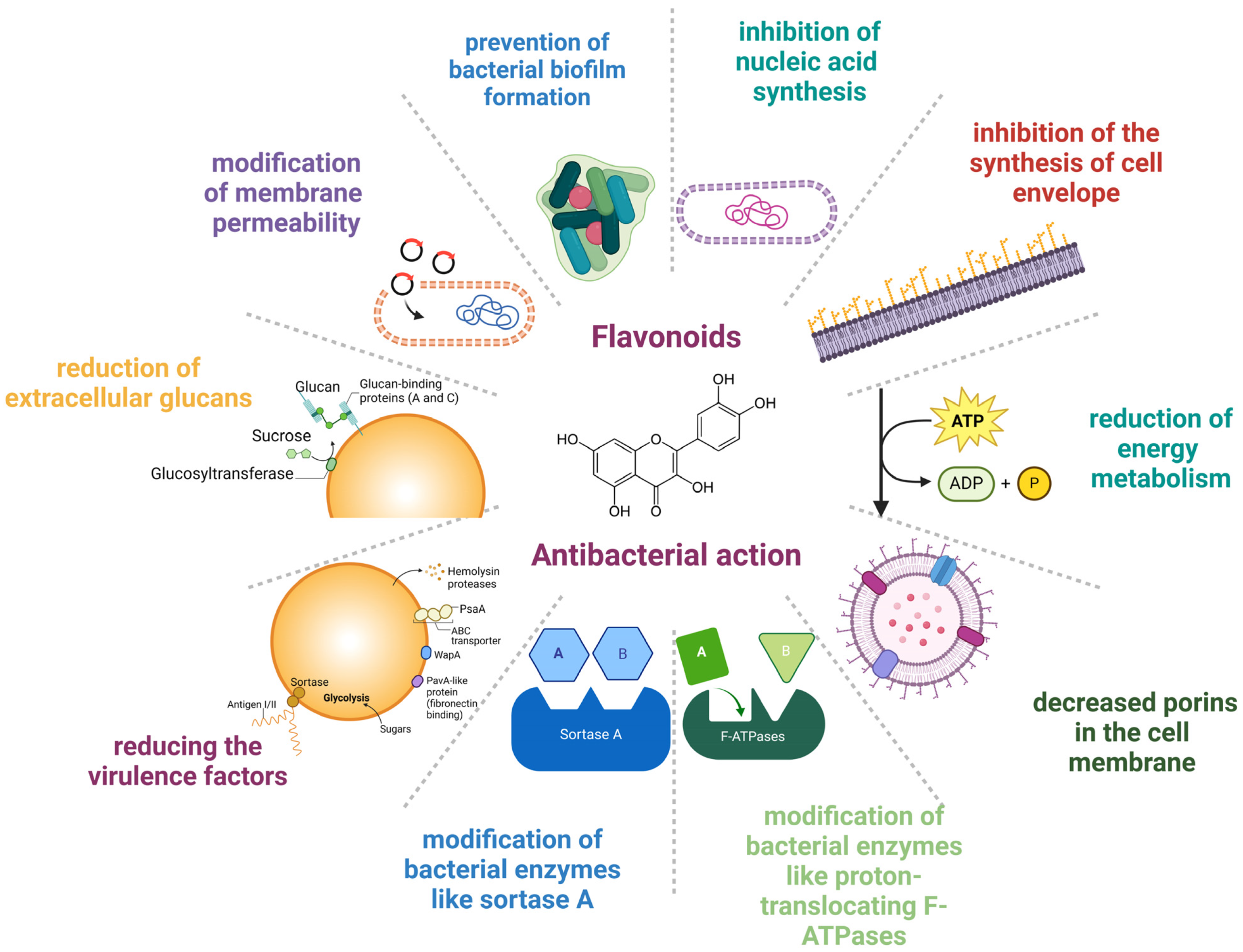
Application areas
In the pharmaceutical field, it is used to prepare some drugs and treatment methods, such as mannose injection used to treat certain urinary system infections.
Food and nutritional supplements: Mannose, as a natural monosaccharide, is used in food and beverages to increase sweetness and improve taste. It can also serve as a nutritional supplement, providing energy and improving bodily functions.
Cosmetics and skincare products: Mannose is used as a moisturizer and antioxidant in cosmetics and skincare products, helping to maintain skin moisture and softness.
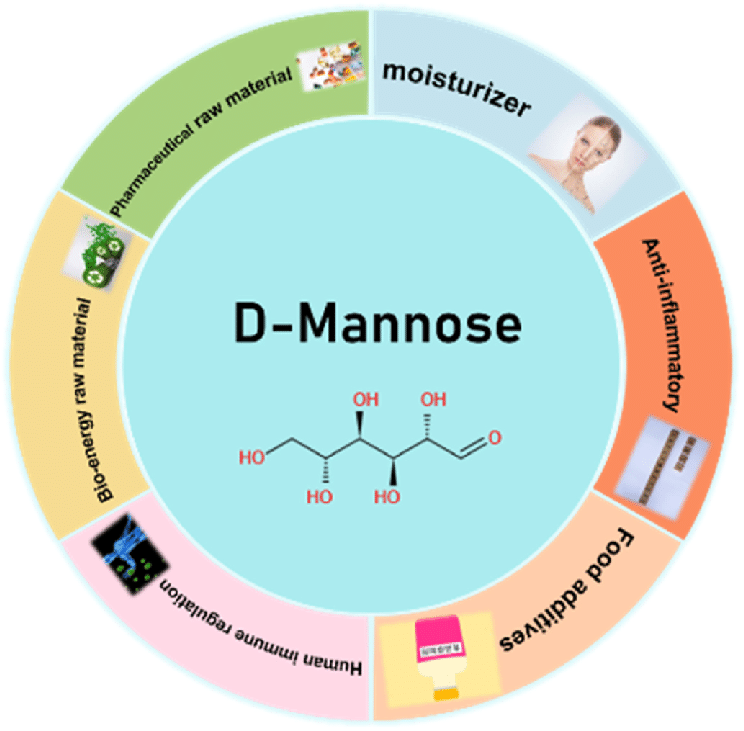
Production method
Microbial fermentation: Mannose can be produced through the fermentation process of microorganisms such as yeast. This method typically uses appropriate culture media and fermentation conditions to produce mannose through microbial metabolism.
Sources
Natural sources can be from birch trees, palm kernels, potato, corn or fruits such as cranberries and pineapples. Synthetic sources such d-fructose or d-glucose or pure starch through bio-conversions are inexpensive starting materials and widely available.
The production of D-mannose can also introduce additives, in particular if taken in capsule form. Silica, magnesium stearate, rice flour, artificial sweeteners and heavy metals can all be included as bulking agents or form the body of an individual tablet. This ensures cheaper mass production. Do your research first especially if you have allergy issues or are following a preferred regime of avoidance such as soy, gluten or GM products.
Sadly sometimes price does reflect quality of manufacture and purity of product so buyer beware.
When researching a brand look at the amount of pure D-mannose in each pot or tablet. The higher the better. A teaspoon of powder should offer around 2000 mg and a tablet around 500mg. And remember Cranberry products are not the same as D-Mannose. Cranberry extract and juice has been shown not to be effective against recurrent and chronic UTI.
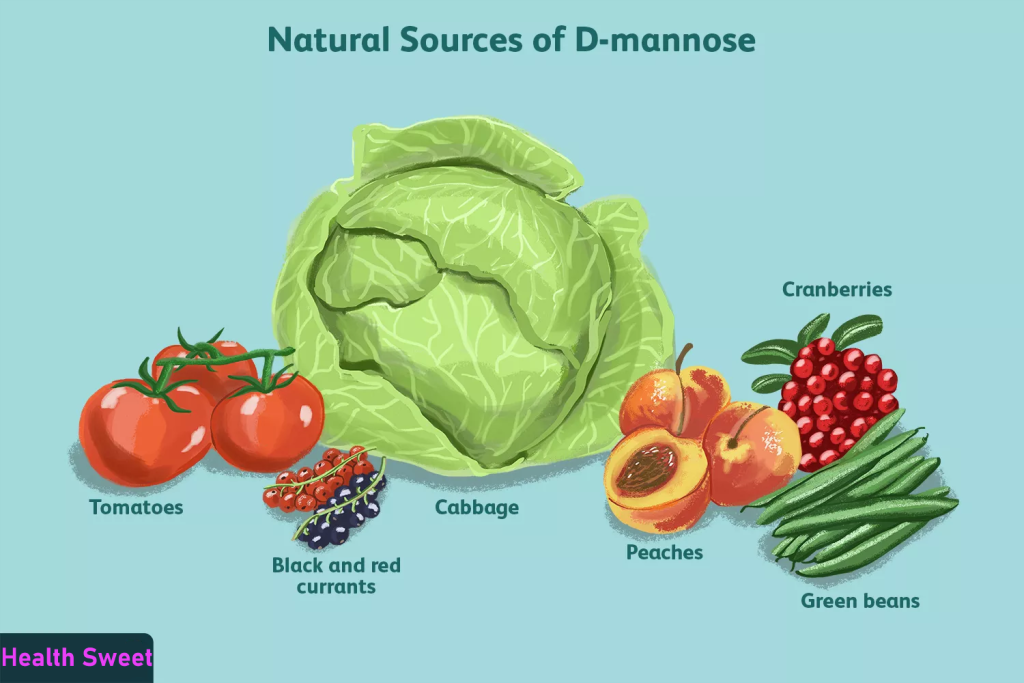
Health Benefits
Helps Treat CDGS Type 1b
It can help treat a rare genetic disorder called carbohydrate-deficient glycoprotein syndrome type 1b because people with this condition don’t produce enough, or any, mannose naturally.
CDGS often disrupts the blood clotting process, which can lead to bleeding, blood clots, or stroke-like episodes. It also leads to gastrointestinal issues, particularly protein-losing enteropathy—a syndrome where excessive proteins are lost in the gastrointestinal tract—which can cause low protein levels in the blood.
May Help Prevent Urinary Tract Infections
Over 50% of adult women will get a UTI in their lifetime, making UTIs the most common type of outpatient infection. The infection is typically treated with antibiotics, but researchers are interested in D-mannose as an alternative treatment that won’t promote the growth of antibiotic-resistant bacteria.
May Promote Gut Health
It may also act as a prebiotic—a dietary fiber that feeds the good bacteria in your gut. Bacteria in the large intestine ferment (break down) prebiotics, helping good bacteria thrive, producing beneficial short-chain fatty acids, improving the integrity of your gut lining, and boosting immune health.
Mannose is a safe and widely used substance, but it should be used reasonably and appropriately according to relevant regulations and rules during use. In addition, the biological functions and applications of mannose are still under continuous research and development, and there may be more application areas and potential health benefits discovered in the future.
Our Hangzhou Health Sweet Biotech Corporation is a professional D-mannose supplier in China from 2010. We had exported to 15+ countries in the past.

